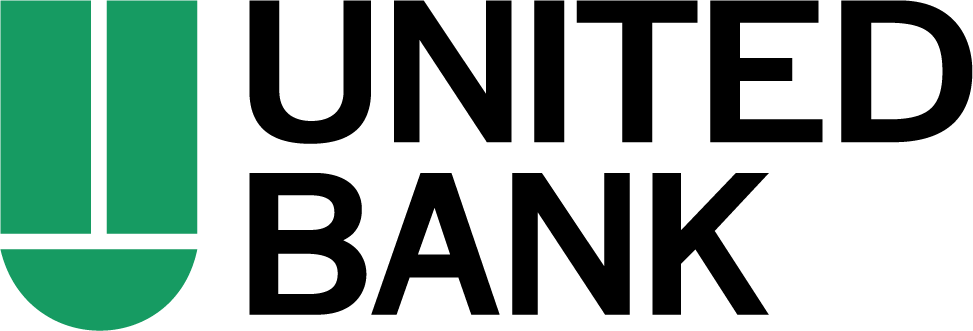What’s the FIRE Movement?
FIRE is a financial movement defined by frugality, extreme savings, and investing. The goal of FIRE Movement enthusiasts is to retire early and live off withdrawals from accumulated savings. The movement is extremely popular among younger workers who are trying to take the early retirement age to another level—with the goal of financial independence and retiring early—often as early as their 30s or 40s.
There’s no law that says you have to work until you’re 65, and many members of the FIRE Movement have been successful blazing new paths toward early retirements. The lifestyle is popular among millennials, but anyone can join. The goal is to save and invest aggressively—somewhere between 50–75% of total income.
So, what does it take? Followers of the FIRE Movement know the answers to two key questions: How much income do they need to sustain their lifestyle and how soon can they retire early.
The FIRE Movement is often broken down into two main categories: Lean FIRE and Fat FIRE. According to Census data, the average U.S. household spends about $61,000 a year.1 Lean FIRE is when someone has saved 25 times their annual expenses, spending less than the average U.S. household. They tend to live a very frugal lifestyle and instead of owning homes, proponents often reside in rental properties where the cost of living is lower than the average. Most Lean FIRE followers plan to live off $40,000 or less in retirement.
Alternately, someone following a Fat FIRE lifestyle has reached financial independence and spends more than average. People who adapt the Fat FIRE lifestyle usually are high earners and often have passive income sources, allowing them to live upper/middle-class lifestyles after early retirement. Fat FIRE numbers vary depending on desired lifestyle and geographic location, but a common number is annual spending of $100,000 in retirement. This means they need to have no less than $2.5 million invested based on the 4% Rule to be financially independent.






